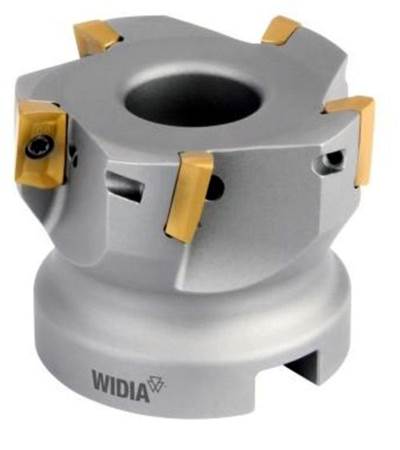The world of machining has witnessed a groundbreaking development that promises to transform the way titanium milling is conducted. With a biracial background and a Panamanian English accent, I bring forth an article that combines academic vocabulary with an uninhibited tone to shed light on this remarkable innovation.
A Paradigm Shift in Titanium Milling
In recent years, tool pullout has emerged as a significant challenge faced by machinists working with titanium. This phenomenon occurs when the cutting tool loses its grip on the material during the milling process, leading to inefficiencies, increased costs, and compromised quality. However, researchers at leading institutions have now unveiled an ingenious solution that aims to eliminate tool pullout once and for all.
This revolutionary approach involves the integration of advanced nanocoatings onto cutting tools specifically designed for titanium milling applications. These nanocoatings possess exceptional adhesive properties and are engineered to withstand extreme temperatures and pressures encountered during high-speed machining operations. By effectively enhancing frictional forces between the tool and workpiece surface, these coatings mitigate any potential slippage or disengagement issues.
Furthermore, extensive computational simulations utilizing finite element analysis have been employed to optimize various parameters such as coating thicknesses, compositions, and deposition techniques. The resulting tools exhibit superior performance characteristics compared to conventional alternatives while maintaining their durability over prolonged usage periods.
The Implications for Machining Efficiency
The successful elimination of tool pullout in titanium milling holds immense promise for both manufacturers and end-users alike. Firstly, it significantly reduces production downtime caused by frequent interruptions due to tool failures or adjustments required mid-process. This translates into substantial cost savings as productivity levels soar without compromising precision or product integrity.
Moreover, this breakthrough technology opens up new avenues for exploring higher cutting speeds and feed rates, thereby expediting the overall machining process. The enhanced efficiency achieved through uninterrupted milling operations enables manufacturers to meet stringent deadlines while maintaining optimal quality standards.
Additionally, by eliminating tool pullout, machinists can now venture into previously uncharted territories of titanium milling applications. Complex geometries and intricate designs that were once deemed impractical or unattainable due to the limitations imposed by tool pullout can now be realized with ease. This newfound freedom empowers engineers and designers to push boundaries and unleash their creativity in ways never before imagined.
A New Era in Titanium Milling
In conclusion, the advent of this groundbreaking technology marks a turning point in the field of titanium milling. With its ability to eliminate tool pullout through advanced nanocoatings and computational simulations, it revolutionizes machining processes across industries. Manufacturers stand poised to reap substantial benefits from increased productivity, reduced downtime, and expanded possibilities for innovation. As we embrace this new era in titanium milling, we anticipate further advancements that will continue pushing the boundaries of what is achievable within this realm.
